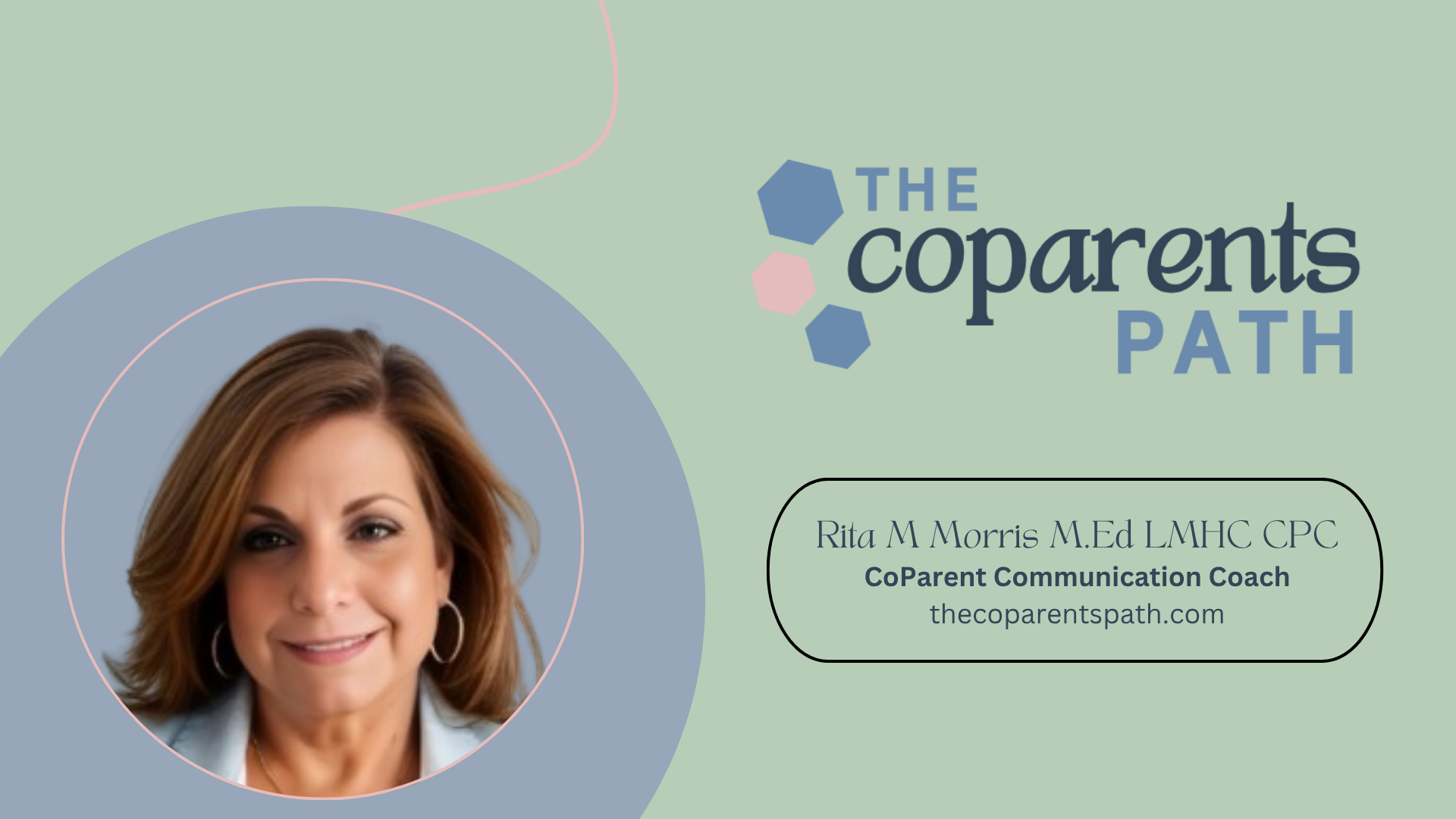Grounding in Purpose and Emotional Clarity: The Calm Within Co-Parenting Chaos
Oct 07, 2025
When co-parenting gets hard, it’s rarely because of logistics.
It’s because something deeper,something human, is being stirred up.
Maybe it’s fear that your kids are being pulled in two directions.
Maybe it’s grief that the life you imagined has shifted shape.
Or maybe it’s the exhaustion of feeling like you’re the only one keeping it all together.
Whatever it is, here’s the truth: when emotion leads and purpose trails behind, conflict follows.
Grounding in purpose isn’t about suppressing emotion. It’s about anchoring to what matters most before you act.
That’s what emotional clarity gives you — space between the trigger and the choice.
🌊 Step 1: Notice the Ripple, Not Just the Wave
Emotions come fast. Purpose arrives when you pause long enough to listen.
When your co-parent sends a text that sparks defensiveness, your body reacts before your brain does. That’s biology, not bad character. The problem isn’t the wave; it’s when we let the wave steer the boat.
The pause between stimulus and response is where your power lives.
That’s where you ask:
-
“What’s this reaction really about?”
-
“What am I protecting?”
-
“What do I want my kids to see in how I handle this?”
When you ground in purpose, you shift from reacting to responding with intention.
🌿 Step 2: Remember Your “Why”
At the heart of every conflict, there’s usually something sacred you’re trying to protect: your child’s well-being, your dignity, your sense of stability, or your need for respect.
But fear can distort those sacred things into control or defensiveness.
Clarity brings them back into focus.
Try asking yourself:
-
What matters most to me in this moment?
-
What do I hope my kids feel when they see how I handle this?
-
What would the calmest version of me do next?
Your “why” becomes your compass, not to justify your actions, but to guide them back to alignment.
🌈 Step 3: Detach from the Outcome, Anchor to the Value
You can’t control how your co-parent responds. You can only control the clarity of your own actions.
When you communicate from alignment instead of fear, you model resilience for your children. They see that it’s possible to stay steady even when things feel uncertain.
Detaching from outcome doesn’t mean giving up. It means trusting that doing the right thing, the calm thing, and the value-driven thing is enough.
It’s how you protect your peace and your child’s emotional safety.
💬 Step 4: Bring It Back to the Balcony
In BeAligned™, we often use the metaphor of “stepping to the balcony.”
It means zooming out far enough to see the whole picture, your feelings, your co-parent’s likely fears, and your child’s needs all at once.
From the balcony, you realize that alignment doesn’t mean agreement. It means being centered on what matters most.
And from that place, clarity becomes possible again.
✨ The Takeaway
When things feel messy, grounding in purpose and emotional clarity isn’t just self-care — it’s co-parent care. It’s child care.
Because the steadier you are, the safer your kids feel.
So next time tension rises, try this:
-
Pause.
-
Breathe.
-
Ask: “What am I really trying to protect right now?”
-
Act from that truth — not from fear.
This is the work of alignment: steady, imperfect, brave.
💌 Want to Go Deeper?
If you’d like tools and guidance to find emotional clarity in real-time, join the Aligned Co-Parent Membership.
Inside, you’ll learn:
-
How to regulate your emotions before you respond.
-
How to rewrite difficult messages with clarity and calm.
-
How to build systems that protect your child’s peace.
✨ Because calm isn’t a personality trait — it’s a practice.
Cooperative Coparenting Is Possible!
Get started today by downloading my Coparent Communication Essentials.


